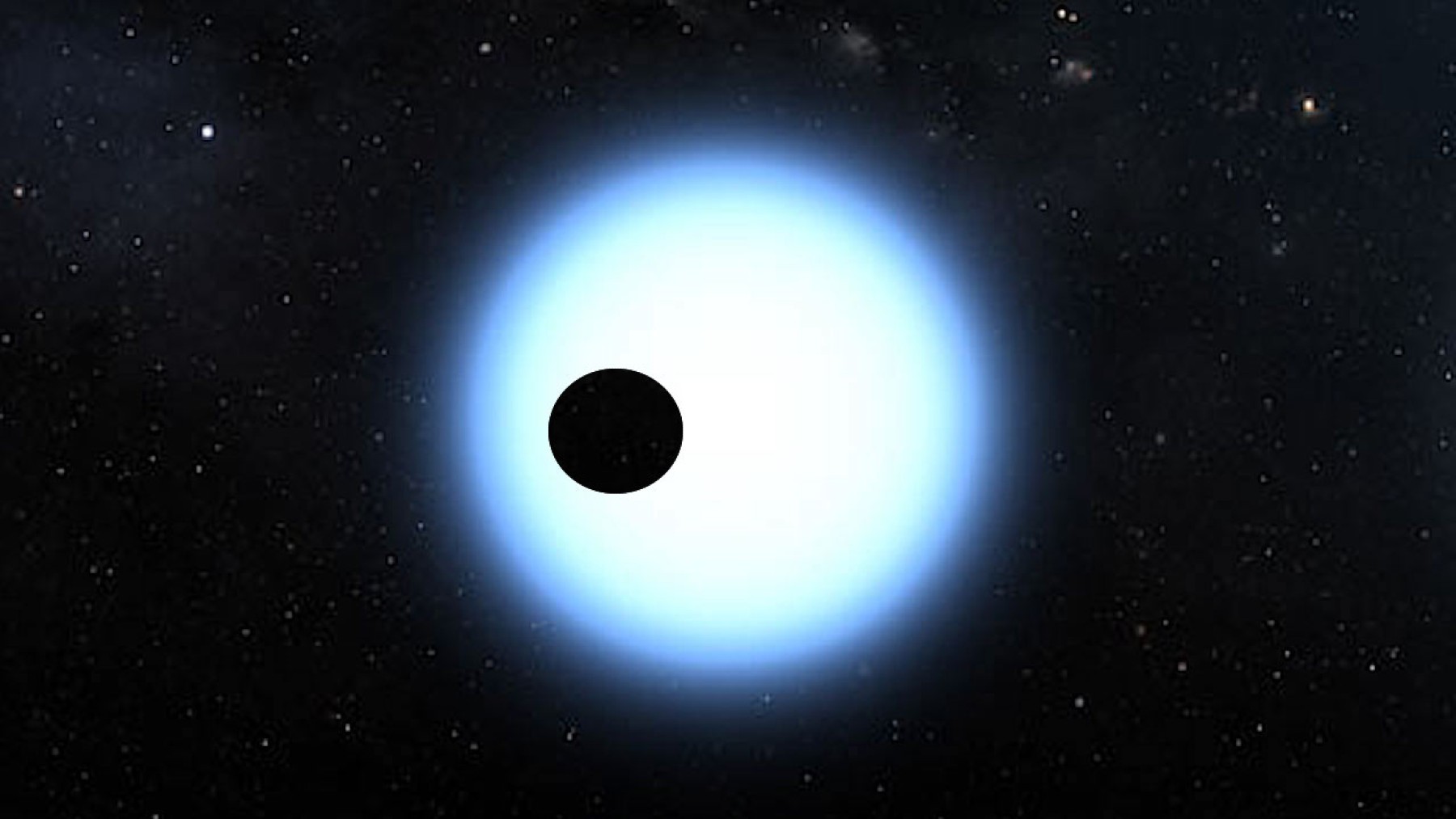Not many things that NASA have acknowledged of can rival Jupiter’s size – but what they found out, where previously it wouldn’t have been able to have anything, it’s now worrying astronomers. While this is something that it’s totally new, it’s also not surprising due to what the universe has revealed to humans, particularly in 2025. Currently, the cosmic object sits in a place so cold that no life can proliferate there, far from a healthy star, and it’s alone, without anything in a light-years’ radius and orbiting something that, soon, will be “dead”.
It looks like Jupiter, but it’s bigger: A new object found by NASA
NASA has many tools to survey the cosmos and look into some phenomena that have always signaled us, but due to our technology limitations, it wasn’t possible to see what’s actually happening in the cosmos. While every news that comes in is new to us, it actually already happened, and we’re just seeing it as it was when light left and traveled to our eyes. With the James Webb, Chandra, Vera Rubin, and the Transit Exoplanet Survey Satellite (TESS), NASA has seen hundreds of cosmic structures.
Now, while the James Webb gets most of the glory and credit for most discoveries, the others have a more precise use, being built for a single purpose. Eventually, these tools work together to study areas in the cosmos that might have something new going on, but they are capable of making their own discoveries, and that is what TESS did when it found out a new exoplanet that is larger than Jupiter.
An Exoplanet without a star: This cosmic lighthouse is dying
NASA saw something they didn’t expect. There’s a frozen giant sitting in what astronomers called “forbidden zone” around a dying star, a place where planets usually don’t make it. The white dwarf, known as WD 1856+534, is around 5.8 billion years old and located a mere 82 light-years away in Draco. Back in 2020, NASA’s TESS telescope and a few ground-based observatories saw a Jupiter-sized object pass in front of it every 1.4 days.
Scientists weren’t sure if it was a planet or a failed star, mainly because it sits so close to the dwarf, about 30 times nearer than Mercury is to the Sun. With the James Webb Telescope, scientists confirmed that WD 1856+534b is a planet, standing where it shouldn’t like the hidden planet of our solar system. Normally, when stars like our Sun run out of fuel, they swell into red giants, burn away anything too close, and then collapse into white dwarfs. Anything within two astronomical units – the “forbidden zone” – is usually destroyed. Yet this planet is right there.
How James Webb assisted the discovery: It looked straight to the planet
Webb’s mid-infrared data picked up the planet’s faint glow after astronomers carefully removed the star’s light. The results suggest it is about 13.8 times the mass of Jupiter, with a surface temperature around –125°F. That makes it the coldest exoplanet ever seen directly. So how did it survive? It probably didn’t. Astronomers think it formed farther out and was later dragged into the forbidden zone, maybe pushed by another planet or nearby star after the white dwarf settled down.
Another dying star was found not too long ago
NASA’s James Webb Space Telescope just pulled back the curtain on another dying star system sitting inside NGC 1514. The image revealed a chaotic scene — knots of gas and dust tangled up, broken in places where stronger winds blasted tunnels through the cloud. The whole thing has been unfolding for at least 4,000 years, and it will keep shifting for thousands more. Meanwhile, there’s also another exoplanet that scientists think it’s filled with water, but not the kind we know.

